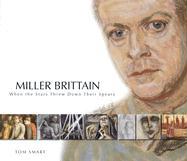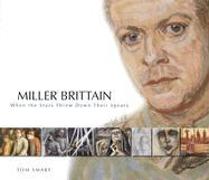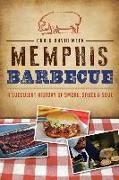Miller Brittain
BücherAngebote / Angebote:
In Miller Brittain: When the Stars Threw Down Their Spears, Tom Smart demonstrates the cohesion of Brittain's imagery. For the first time, he reveals the links between Brittain's early social realism and his later figurative abstractions and surrealist-inspired compositions. Miller Brittain burst upon the Canadian art scene in the late 1930s with masterful, emotion-filled drawings and paintings of the human form. While studying in New York at the Art Students' League, he had internalized a pivotal moment in American art. Breaking free of traditional realist modes, a radical new generation of artists claimed that art should reflect the life of the artist and the condition of the subjects depicted. At a time when Group of Seven landscapes defined Canadian painting, Brittain challenged the establishment with his unerring sense of line, composition, and engaging human narratives. Later, combining figuration and abstraction, he explored the limites of the body and the borderlands of sanity to express the depths of despair and the heights of ecstasy. During World War II, Brittain joined the Royal Canadian Air Force, received the Distinguished Flying Cross, and became a Canadian war artist. During bombing missions, he carried William Blake's Songs of Innocence and Experience in his pocket. In Miller Brittain: When the Stars Threw Down Their Spears, Smart illustrates how Blake's famous poem "The Tyger" inspired the pervasive motif of Brittain's post-war career: the combination of star and spear. Originally a depiction of searchlights and shot-down aircraft, it became, over the years, Brittain's iconic flowers and stems, heads and necks, sunbursts and smoke. Allen Bentley reinforces Smart's observations by showing the profound influence of Blake's theories on the entire body of Brittain's post-war work.
Folgt in ca. 15 Arbeitstagen



